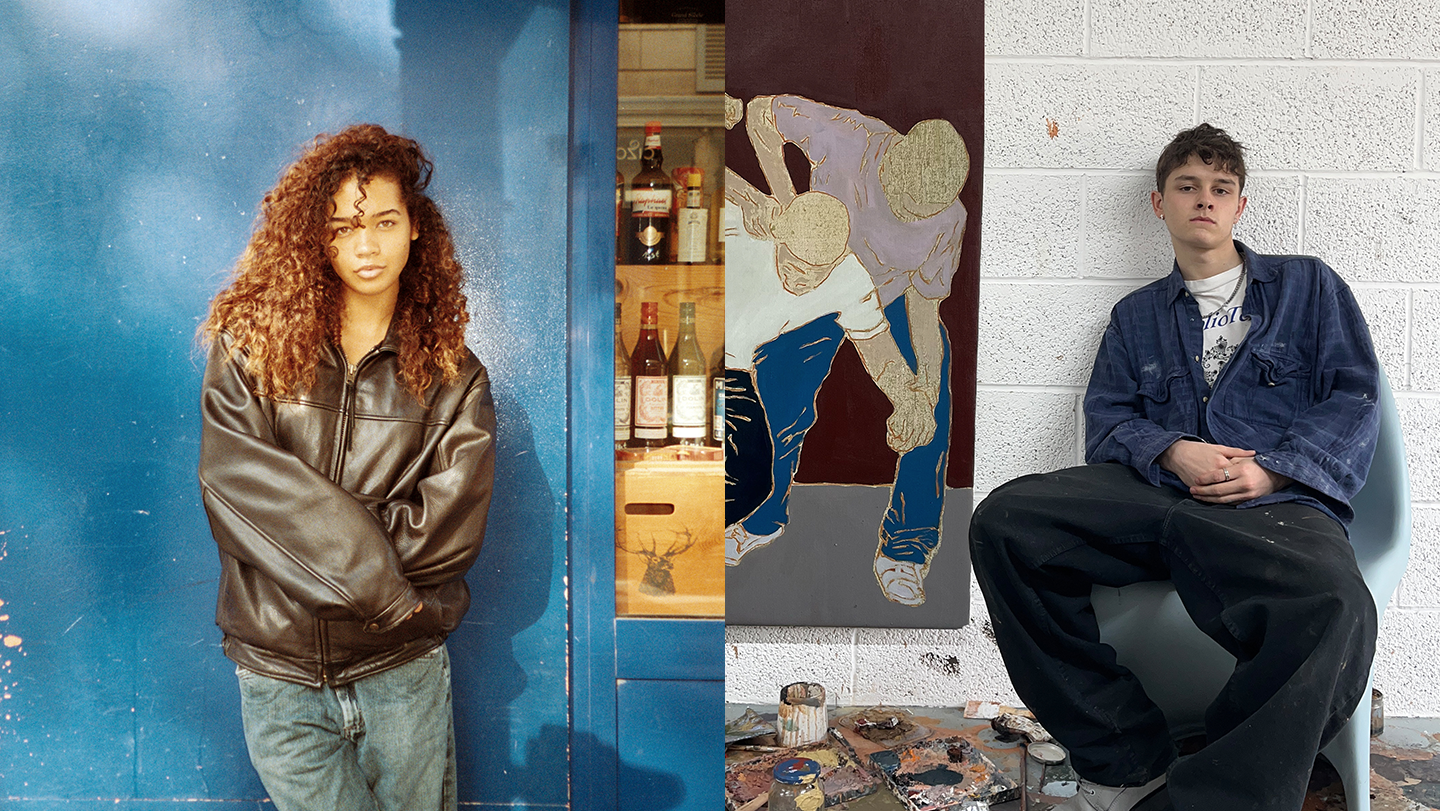The Creative Kids was founded two years ago in an attempt to lift up young artists across the globe. A creative community-cum-editorial platform, its contributors and featured talent have collectively made zines, held workshops and made space in their respective industries for underrepresented voices like their own.
The brainchild of Ajay Woolery, currently an Environmental Design student in Toronto, and co-director Sahara Kalafchi, a communication design student at Parsons in New York, the pair oversee the collective’s work, and so know exactly who the industry should be paying attention to right now.
For your curious eyes, we asked The Creative Kids team to compile a list of new, young artists worth following online and then ask them about being artists today. Follow TCK first here, and then catch on to these folks in their roster before they start doing massive things.
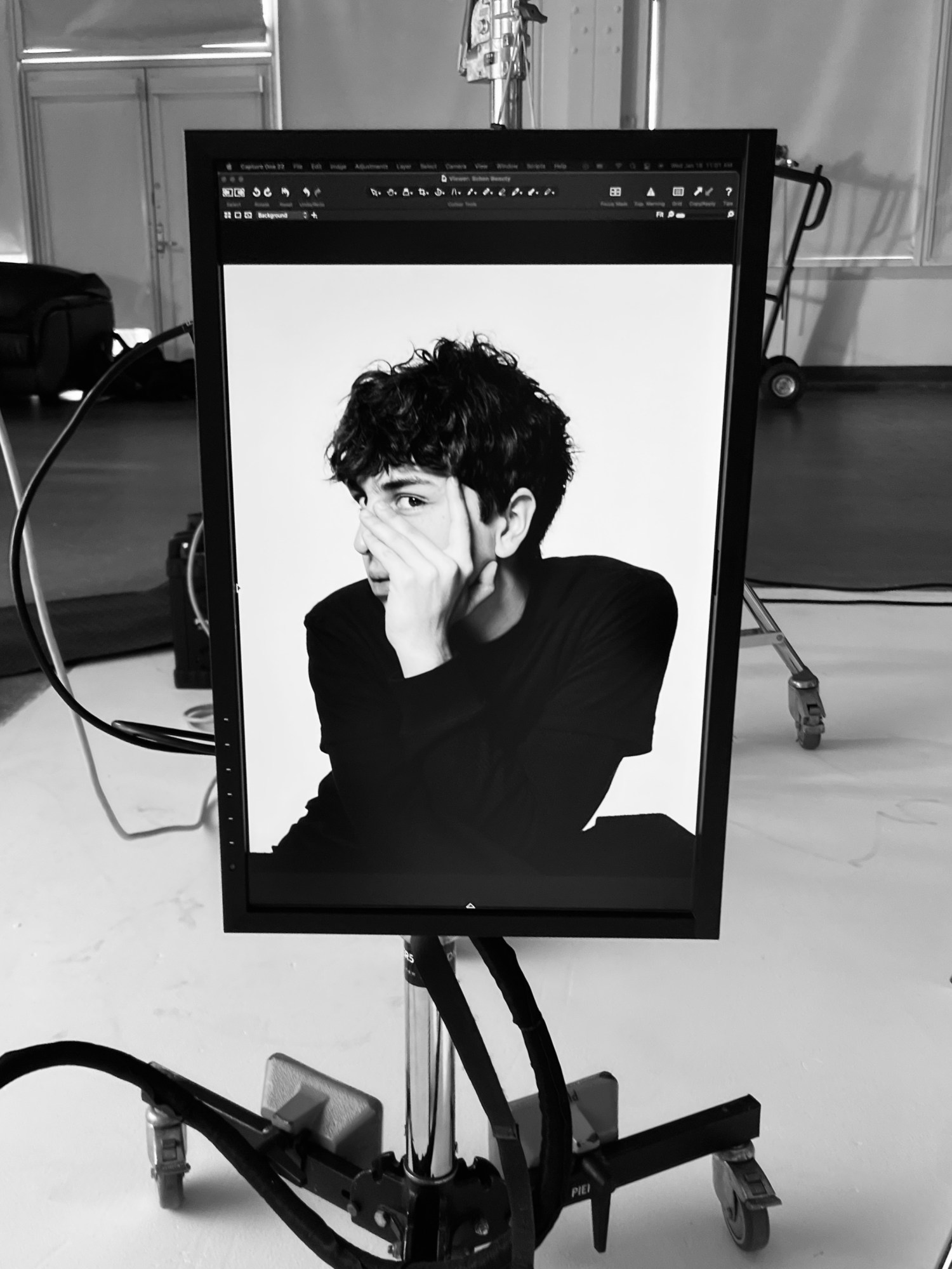
Nico Daniels
How did you find your creative style?
I learned to follow my obsessions. I found that actively seeking out an overabundance of images and being inspired by what intuitively sticks has contributed the most to my artistic style.
What’s a crazy project idea that you are interested in pursuing one day? What’s stopping you?
I’d love to work more with live animals and fresh flowers in-studio but they’re tough to source in New York City.
Follow Nico here.
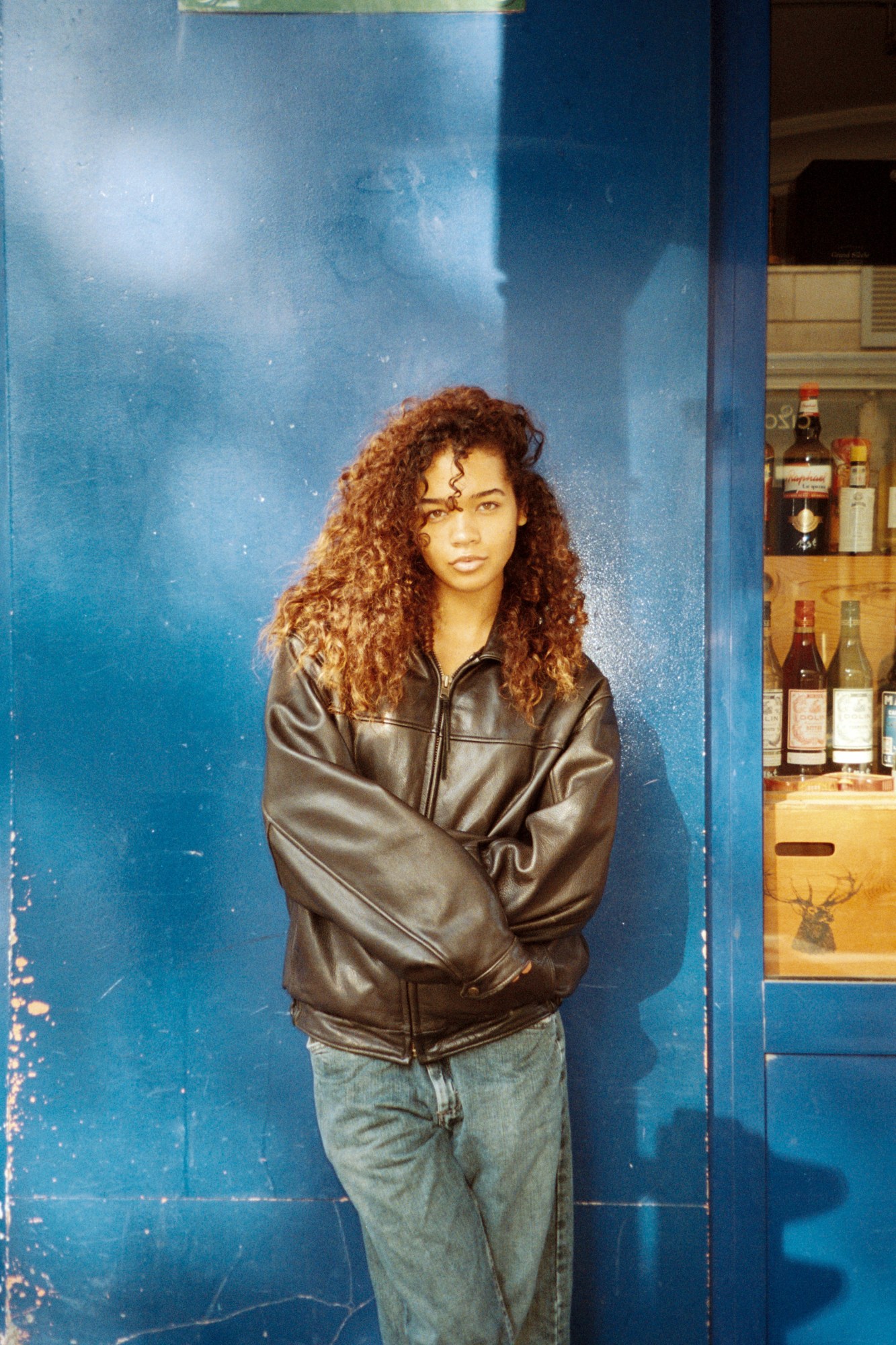
Jada Hunter Reese
Do you have any special rituals that you do in order to achieve your creative goals?
Travelling. It is extremely important that I am keeping my surroundings ever-changing. It helps me avoid getting stagnant with my work, even [if it’s] just driving an hour to Joshua Tree or going to a random grass field by my house in order to see a beautiful area. It helps me break out of my daily patterns and see new areas in order to generate projects based off of my own personal experiences.
How has social media influenced the way you create?
Social media is where I have met almost all of my closest friends in the past two years. Most times I will see another young creative individual sharing their work via my explore page. From there we follow each other, hang out or meet on a set, and usually end up collaborating on projects together. Although it has been amazing for building friendships with other creatives, social media has created an additional challenge for me when it comes to developing authentic creative work. It allows for many creatives to get caught up in using another individual’s work as inspiration. Being inspired by another’s work is great — after all – it’s art; it’s there to create an emotional reaction of some sort — [but] when I am actively working on designs or campaign ideas, I try to take time off social media in order to avoid losing track of my own creative vision.
Follow Jada here.
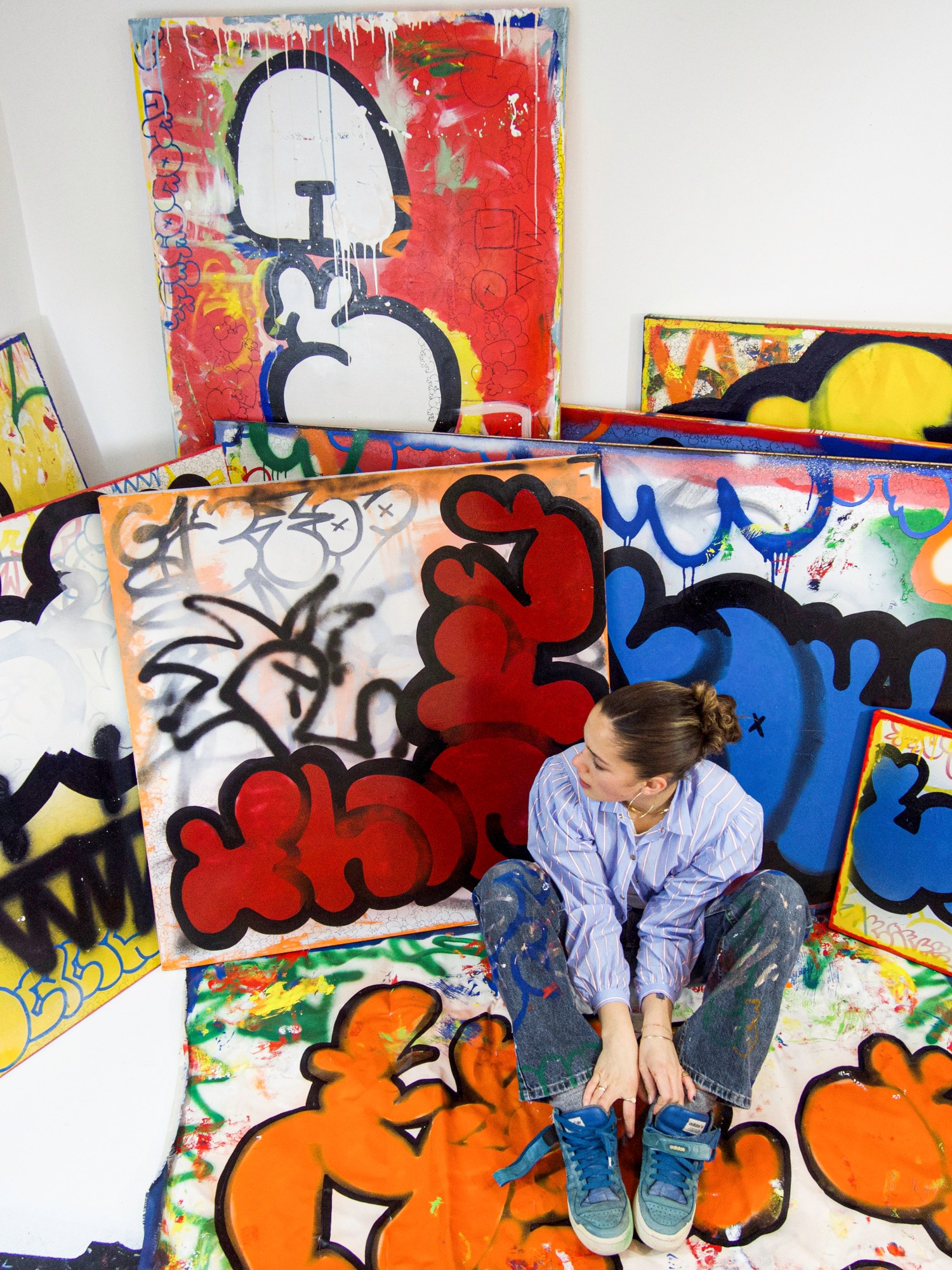
Franka Mangano
What do you turn to when you experience a creative block?
The ‘creative block’ is something that I feel exists only within the mind. When I find I am experiencing creative blocks, I understand this to be an indication of an overly critical mindset. It is a moment of self-analysis where I realise I have been too caught up in the expectation of a piece that the capacity of my own creativity has been limited by what I hope a piece will look like. I guess, in that sense, I have learned to appreciate creative blocks because of the way they allow you to re-align with the very purpose of your practice.
As a creative, how do you use art to express your personal identity?
My art has been a place for me to express a lot of my opinions and values. This is a very conscious process, a very intentional process. When it comes to my own identity, however, I find it much more difficult to be completely aware of how this expression occurs. I find it to be something so innate, it’s hard to pinpoint exactly how or when it happens. One thing I have noticed, especially as I become more confident in my own techniques, is the re-occurrence of characters. I often draw these cartoons with speech bubbles or different expressions on their faces. I think that subconsciously this has been a way for me to explore different areas of my identity. I am never consciously mimicking my own emotions in these characters, but I have to wonder where the ideas for certain expressions or speech come from. There is such a sense of freedom established when creating art, that it’s impossible to hide from yourself.
Follow Franka here.

Isaac Andrews
Is art a means of self expression or political expression for you?
It’s self expression because it’s my voice and it’s political expression because my voice, or anyone’s voice, is inherently political. Even something apolitical is still a form of political expression. I never want my art to exist without a purpose and reasoning.
If you had to choose one message you aim to communicate in all your pieces, what would it be?
It’s always been about awareness, of the self and of each other, and the world we find ourselves in, as well as hope. Hope in the face of dystopia. The works I’m making at the moment are very much focused on the human experience, and these emotions that connect us to one another.
Follow Isaac here.
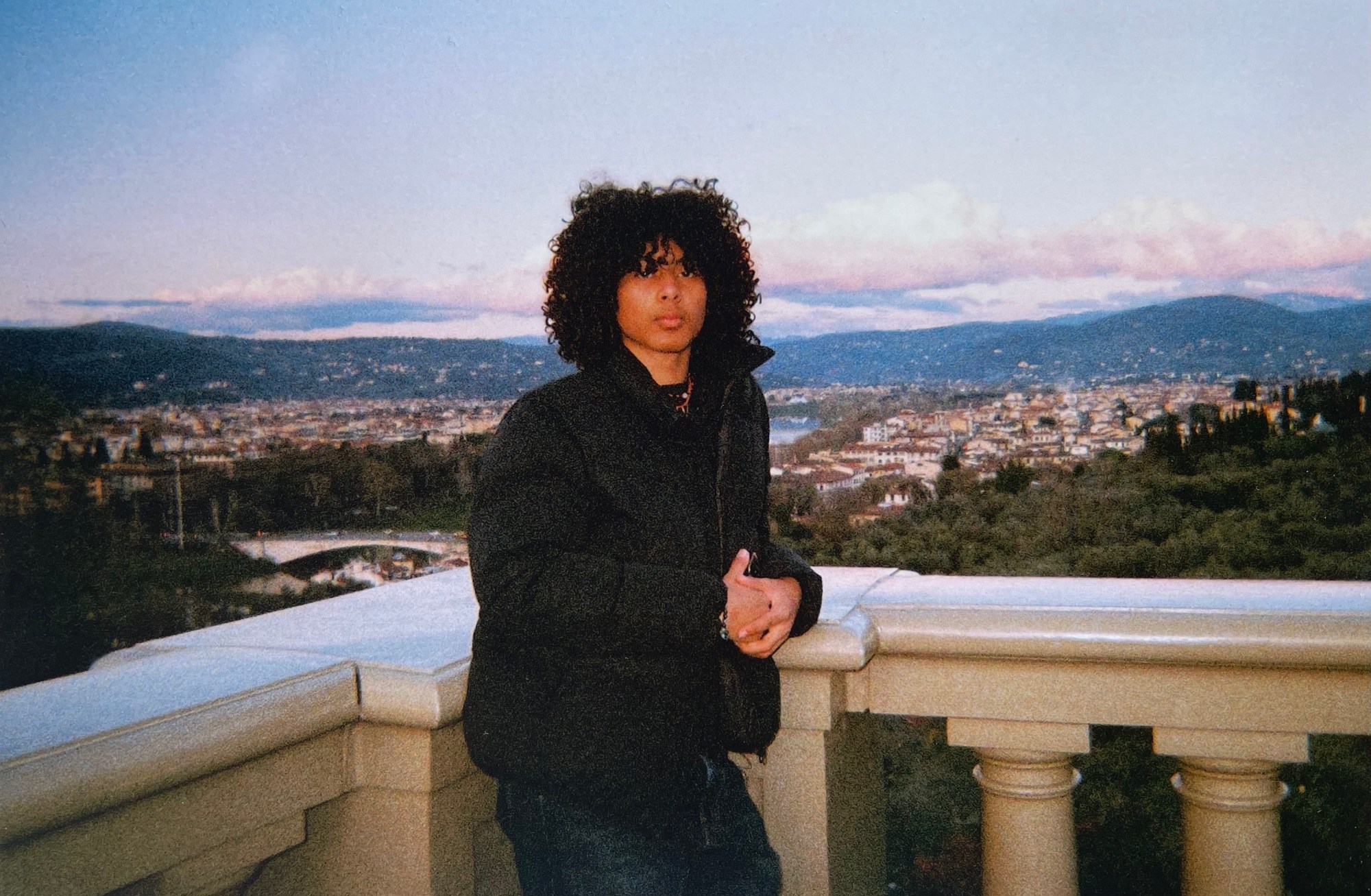
Daniel Santangelo
What are some of your inspirations both within and outside of art?
Culture and tradition is a major source of inspiration for me. The work that I have been creating recently has been so soaked in Ethiopian/Eritrean culture. I think, in a way, my practice is my main tool in exploring my cultural heritage and paying homage to hairstyles, jewellery and other traditions. My inspirations in art mainly stem from Afrofuturism and religious painting/mythology, placing figures in spaceless and timeless settings with abstract shapes and light sources. My favourite painter right now would definitely have to be Naudline Pierre. Her work is so insane and bold yet peaceful, something that I really try to emulate in my own work. Other artists I’ve really been enjoying are Julian Adon Alexander and Kerry James Marshall.
Do you have any special rituals that you do in order to strengthen your creativity and keep yourself motivated?
Definitely music. It plays such an important role in my creative process and I don’t think I could create in the same way that I do without it. Right now I’m really into neo-soul and R&B. Artists like Alewya, Solange, Sade and Floetry have been in constant rotation this month. There is something about listening to music that informs the way I live and make as an artist, and I try to reflect a sense of that in the work that I make.
Follow Daniel here.
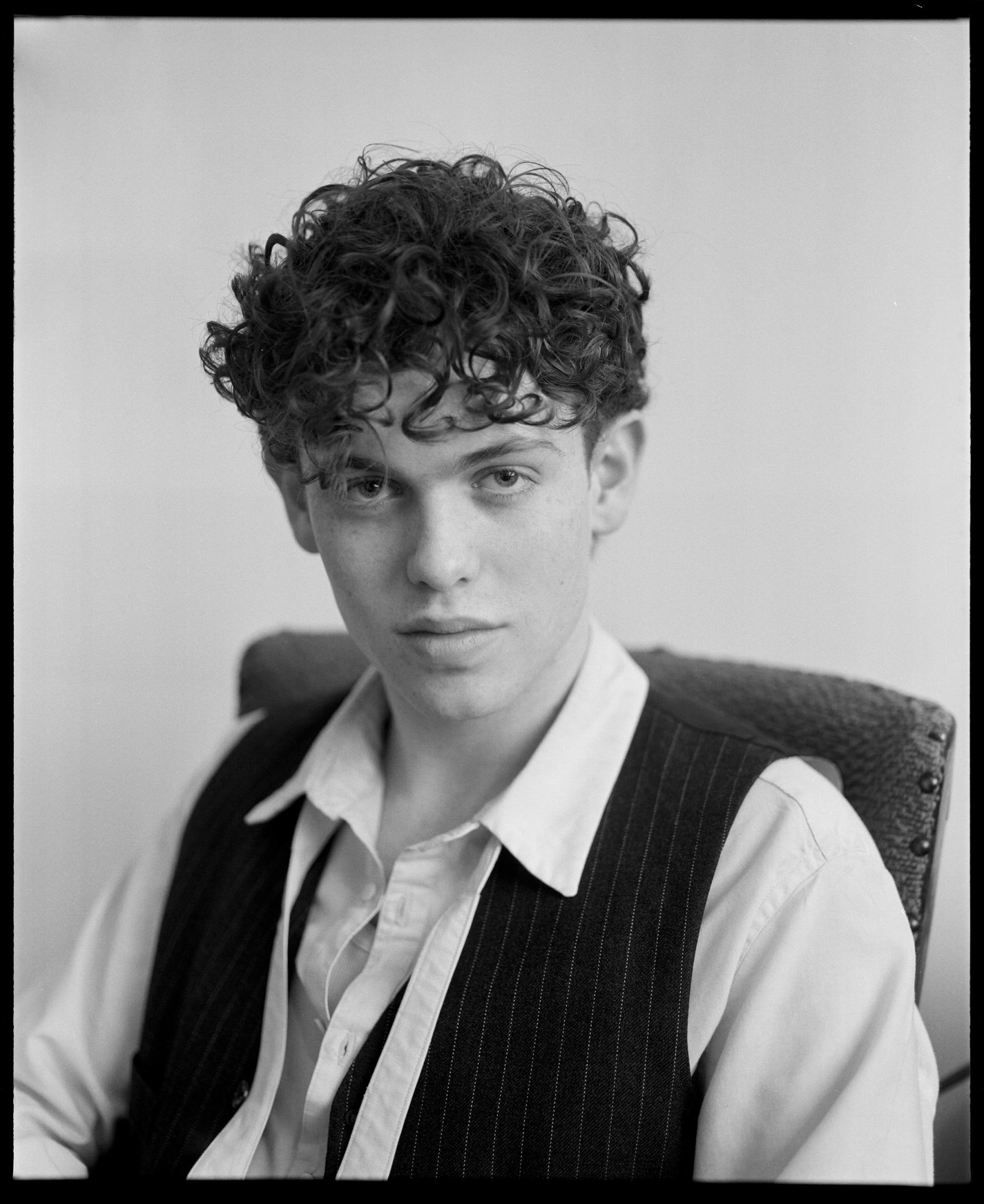
Arthur Boyd
As a creative individual, do you believe that you perceive the world differently from other people? Do you think that any “unusual” thought processes are involved when you create something?
Although I might perceive the world differently from others, I don’t necessarily think that’s because of being creative — it’s simply because everyone perceives the world differently. What might be a change is how I process the world; everything I see, hear, touch, interact with, I can’t escape from. It becomes integral to my work. Everything forms everything. The only difference between me and a “non-creative” person would be that I process my perception of the world into creations, whilst they will process their perception into something else.
How do you balance your interests in different creative fields?
I try to stay away from any specific thought processes in any of my work, in the sense that I don’t want to do anything deliberately. My general philosophy, in both art and life, is that everything should come naturally and nothing should be forced. One should only create when they feel compelled to create, when they really feel the urge to do so, and in that moment there shouldn’t really be any thought processes beyond just ‘How do I translate this urge into physical form?’. I quote Bukowski: “If it doesn’t come bursting out of you in spite of everything, don’t do it”
Follow Arthur here.
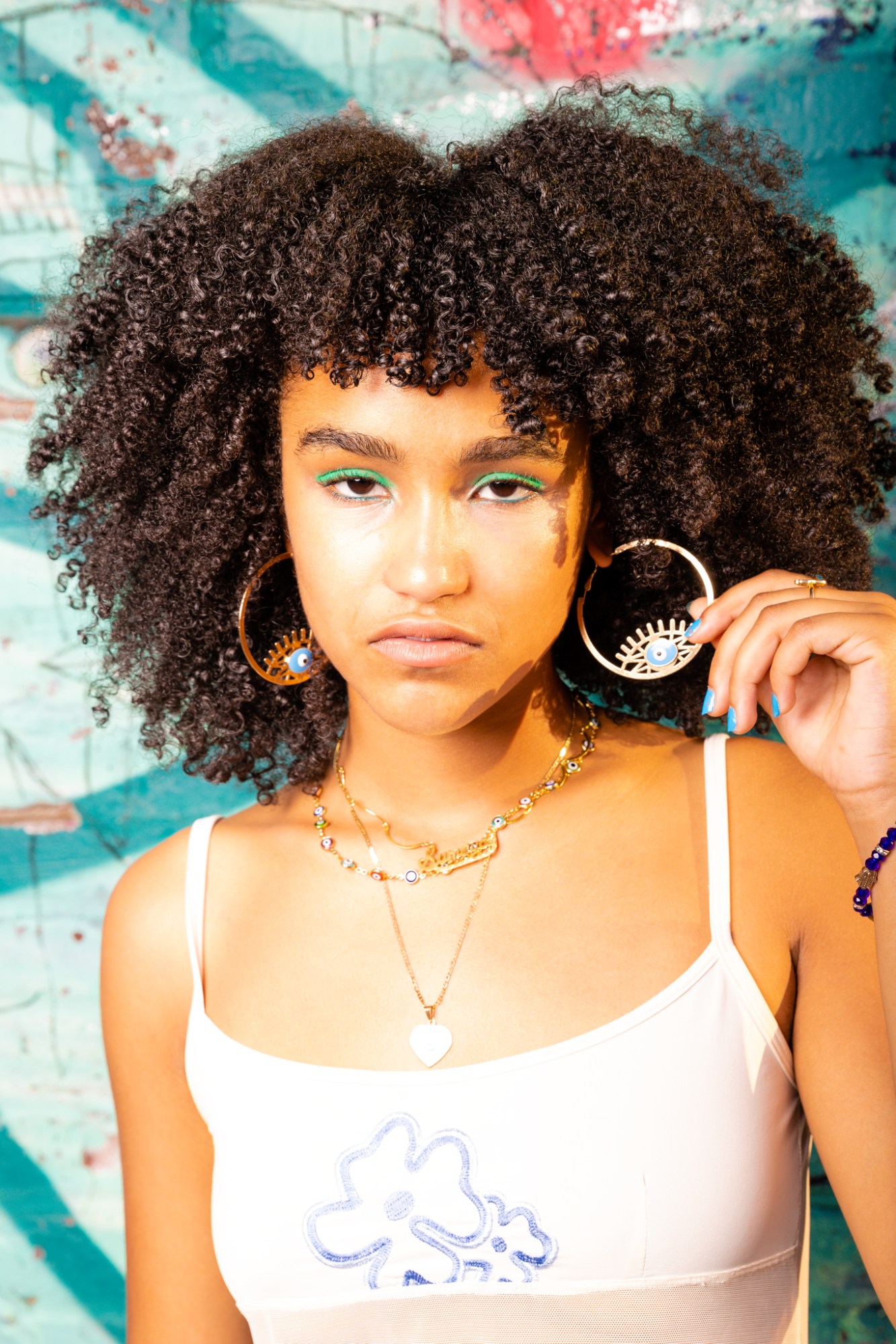
Sumaya Nazar Boubhal
What message do you want to express through your work?
Growing up, I never saw my identities represented in popular media. I want to show young people from my communities that we can succeed as artists, advocates and entertainers. I hope my work teaches other African, Arab, Haitian and first-generation Americans that we can shine as bright as any other star in the sky.
As an activist, musician, actor and overall multi-hyphenate, how do you balance all your creative interests?
I truly care about each and every art form and I am very grateful to have a career doing what I love at only 19. The key is to avoid confining myself to any singular label. This allows me to move fluidly between skillsets, forcing me to recognise how each of my creative outlets are deeply interconnected. Another important aspect of maintaining a balance is my mental health. When I start to slip-up on my self-care and try to do to much, balancing everything I do becomes overwhelming. By prioritising my mental health and living intuitively, engaging with my passions is no longer burdensome — it’s the best part of my day.
Follow Sumaya here.
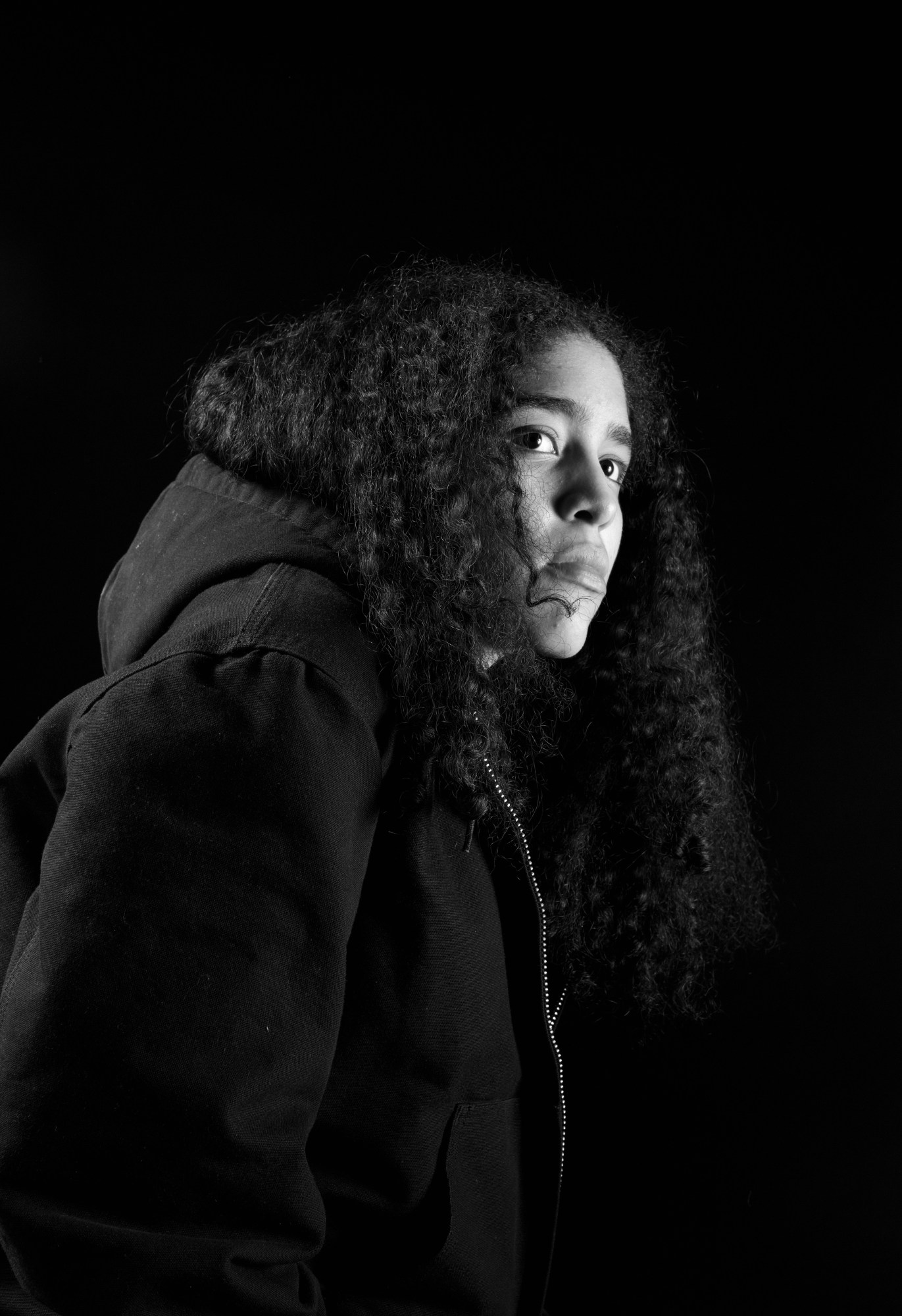
Stephanie Rodriguez
Do you think there is a driving force that inspires you?
My upbringing. I try to recreate feelings of my childhood and revisit spaces in The Bronx that take me back. My childhood felt very fleeting and that drives me to go back and rediscover my younger self. I also want to create more photos outside of commercial spaces. I thank all the photographers that have opened up the doors for that to be possible.
What was your process in developing an artistic style? Did it come naturally or was it something you slowly had to uncover?
In order to develop my creative style I looked at a lot of photographs and movies while also trying out different things in my own work. I think I have a natural foundation of what I like and want my photographs to feel like but I’m still figuring out how other parts of my world fit into my images. As my life changes and I grow older, I find my image choices changing with it but my initial vision will always sit at its root.
Follow Stephanie here.

Jasiah Powers
What sort of lasting impression do you hope your work will have on other people?
I hope my work showcases the beauty in Black collectivism and art, and that it shows younger Black and brown kids like myself from these inner city and urbanised environments that you can create comfortably despite your circumstances. Even if you’re surrounded by chaos, you don’t have to be a product of that as much as we are told to. I also hope my work leaves a sense of relief in a world built on negative sentiments, especially amongst people of colour, as pop culture only shows our shortcomings and not us in a positive light.
How has social media influenced the way you create?
Social media has influenced the way I create in regards to structure. Having to properly plan out and structure my posts and photos when I decide to release them is a very tedious process for me as my creations live on forever the moment I [publish them]. It kinda forces me to overthink my processing for everything. It’s also caused me to care too much about what people say sometimes, which may not be a bad thing but it can be good, as it essentially forces you to be selfless within your creations. All in all, social media taught me that it’s more than just creating art, how you put it out into the world is just as important.
Follow Jasiah here.
